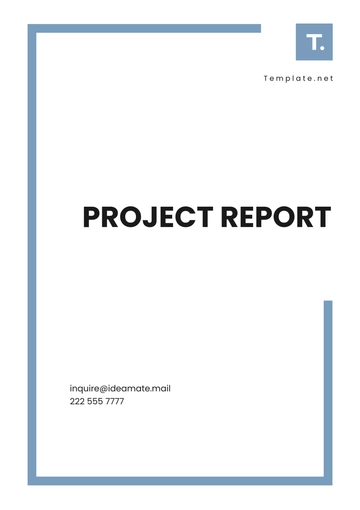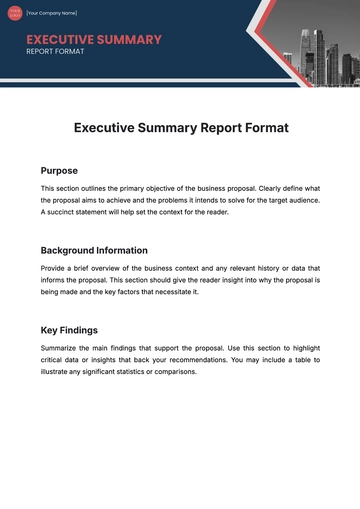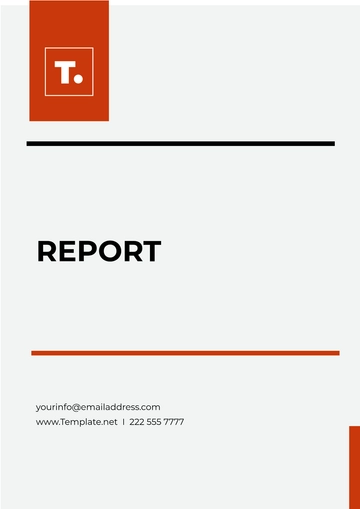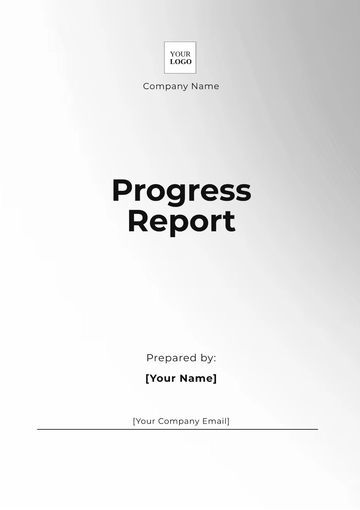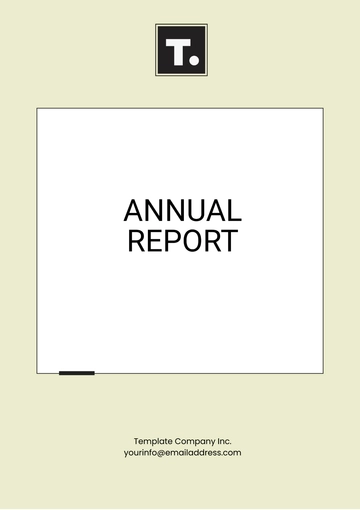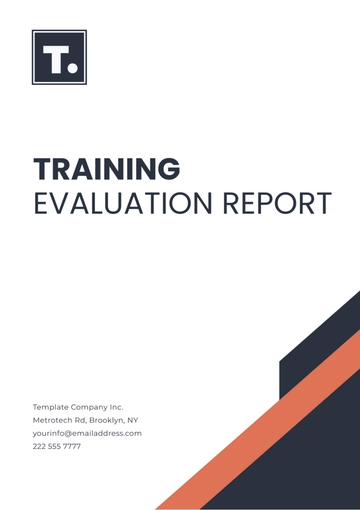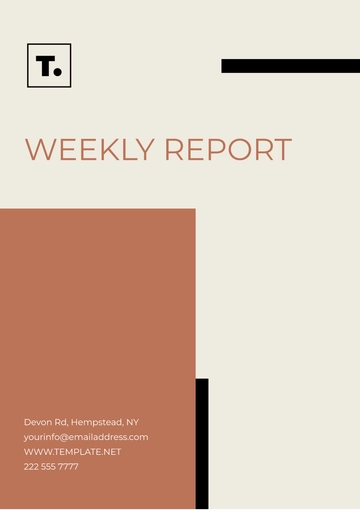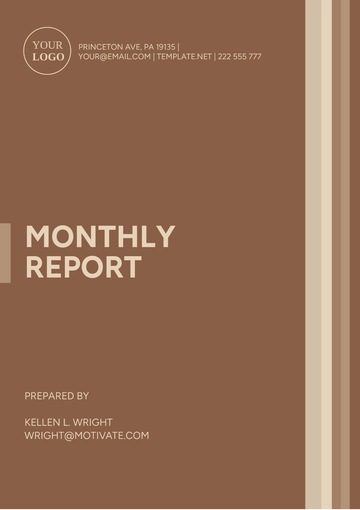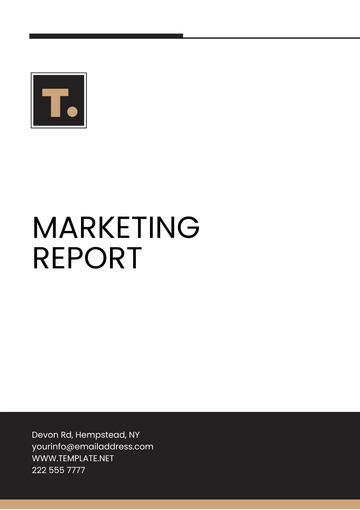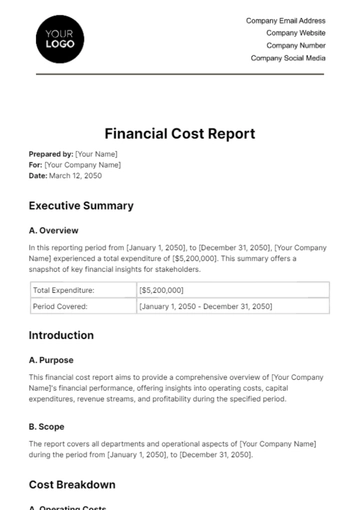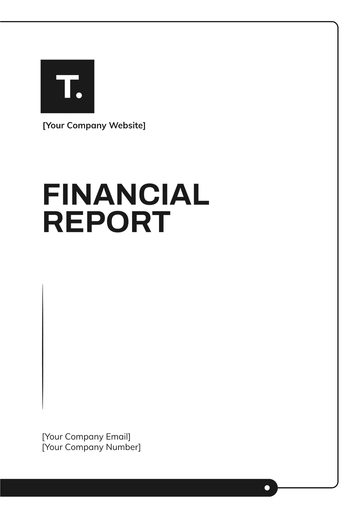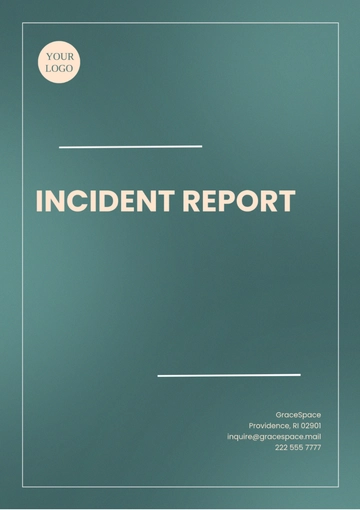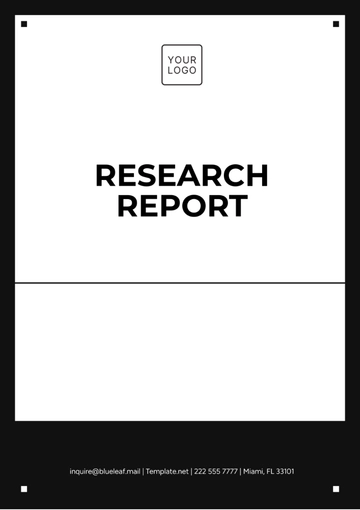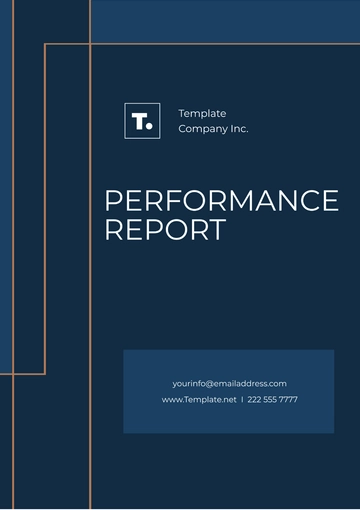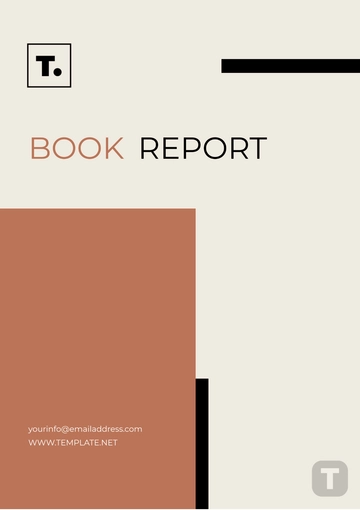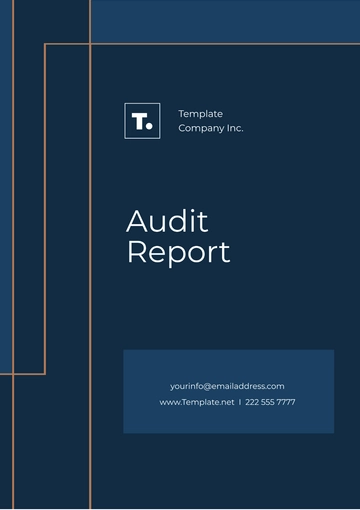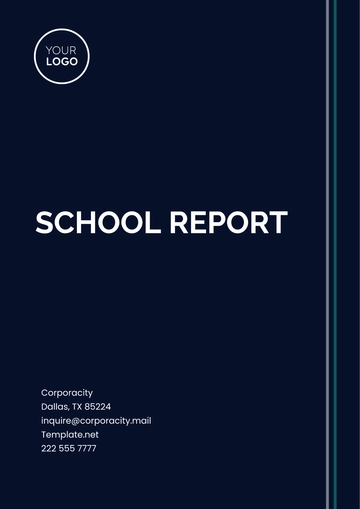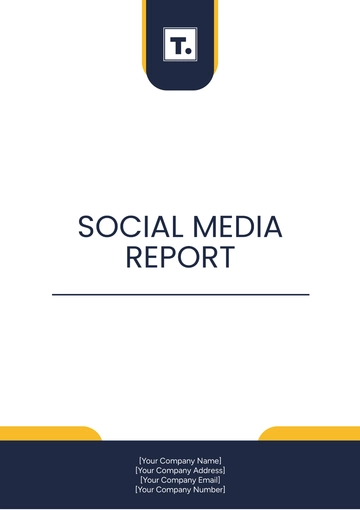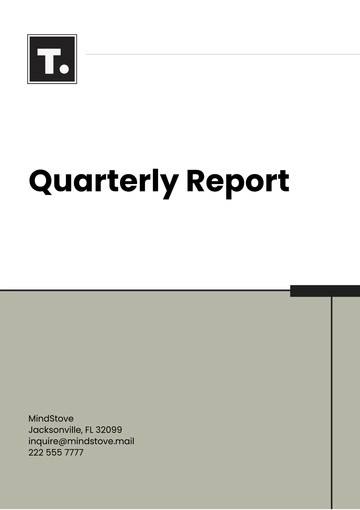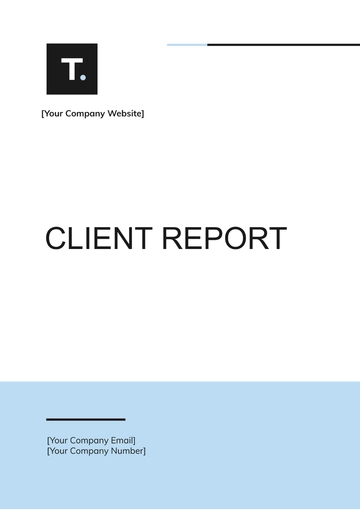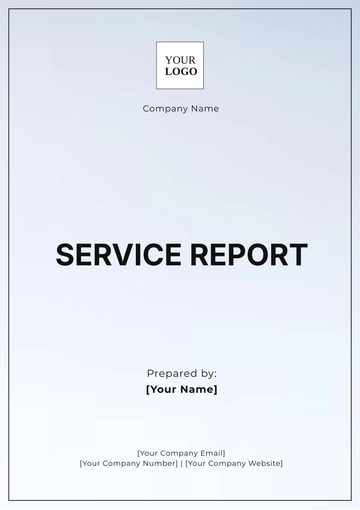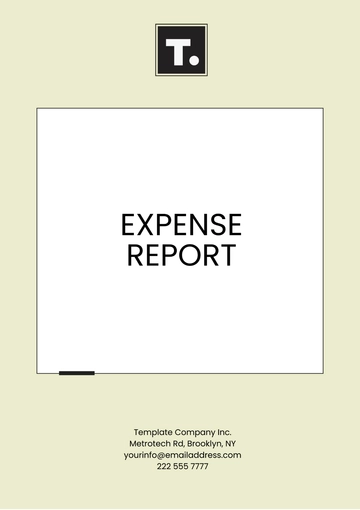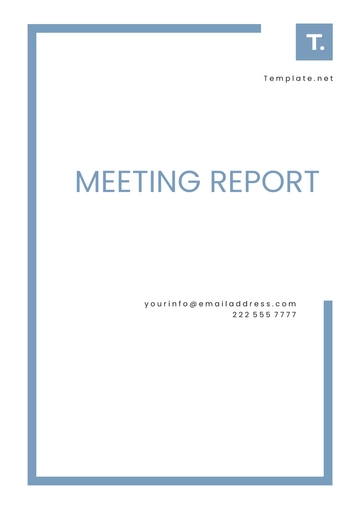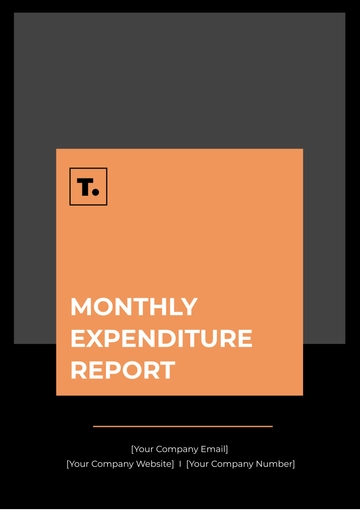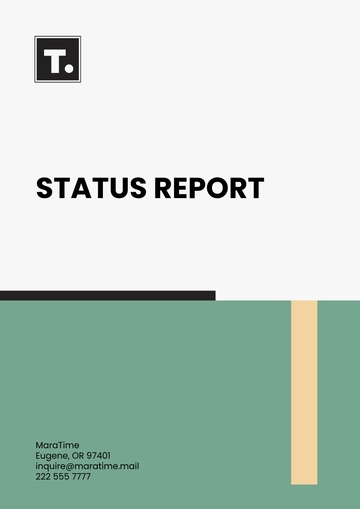Free Annual Financial Cost Management Report
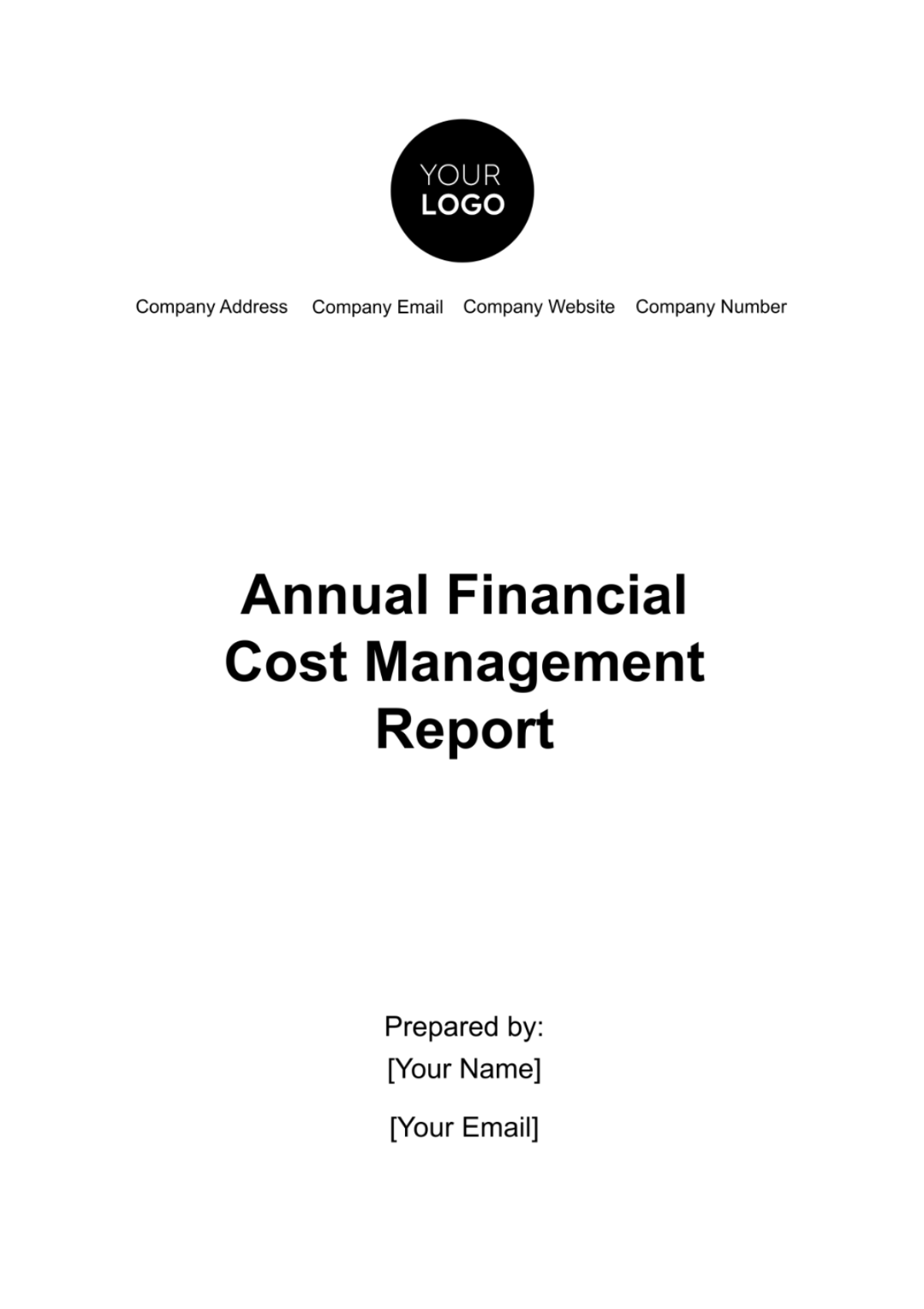
Executive Summary
This report provides a comprehensive evaluation of the cost management status of [Your Company Name]. Notable findings from this analysis are that the costs have significantly increased in R&D department, and that the adoption of new technologies has proved successful in cost reduction.
Financial Overview
The total revenue for fiscal year [2050] was [$500 billion], with gross profit of [$280 billion] representing a [10%] increase from the previous year. Total expenses including direct and indirect costs amounted to [$200 billion]—[10%] over the planned budget.
Revenue | Profit | Expenses |
|---|---|---|
[$500 billion] | [$280 billion] | [$200 billion] |
Cost Analysis
The direct costs in [2050] include materials costing [$100] billion and labor cost at [$70] billion. On the other hand, indirect costs were identified as [$30 billion] in administration and overhead.
Budget Comparisons
In this section, we present a detailed analysis of our budgetary performance for FY [2050]. We closely examine the variances between our planned budget and the actual expenses incurred, with a focus on total expenditure, manufacturing, and R&D. This comparison is crucial for understanding our financial management and identifying areas for future improvement.
The accompanying graph offers a clear visual representation of these financial dynamics. The two lines illustrate the discrepancies between our projected budget allocations and the actual spending across key departments. Notably, the graph highlights higher than anticipated expenses in manufacturing and R&D, indicating areas where our financial planning diverged from reality. This visualization aids in pinpointing specific sectors for financial review and strategic adjustments.
Cost Control Measures
In light of these expenses, [Your Company Name] executed several cost control measures. We negotiated favorable supplier contracts and implemented process improvements. This resulted in a reduction of [$10 billion] in operational costs.
Departmental Cost Analysis
In this Departmental Cost Analysis, we meticulously review and compare the cost variations across different departments for the fiscal year 2050. The analysis aims to identify and understand the diverse financial trajectories and operational efficiencies within the company. We focus particularly on the Manufacturing, R&D, and Marketing departments, each of which has displayed unique financial dynamics over the past year.
The accompanying table succinctly encapsulates these dynamics. It highlights the percentage changes in costs for each department, with special attention to the Manufacturing and R&D departments' increased expenditures and the Marketing department's budget adherence coupled with its enhanced market outreach. This table serves as a clear and concise reference for understanding the financial performance and strategic decisions made in each department.
Department | Cost Change from Previous Year | Notes |
|---|---|---|
Manufacturing | [+15%] | Cost increase |
R&D | [+20%] | Increase due to new project initiatives |
Marketing | [0% (Under Budget]) | [10%] increase in market outreach |
Cost Benefit Analysis
The investment in the new production technology ([$15 billion)] resulted in increased efficiency and reduced production costs, providing a ROI of [15% over two years.
Future Cost Projections
In this section, we delve into our Future Cost Projections for [2051]. As our company embarks on ambitious expansion plans and innovative new product development, we anticipate a moderate increase in our overall expenses. However, this is strategically counterbalanced by our commitment to implementing robust cost-saving measures and enhancing operational efficiencies.
The accompanying chart visualizes the anticipated financial impacts in [2051]. It distinctively contrasts the cost increases due to expansion and new product development with the reductions achieved through efficiency improvements and cost-saving initiatives, offering a comprehensive view of our projected financial dynamics.
Recommendations for Improvement
To ensure further financial efficiency and profitability, we recommend that [Your Company Name] continue implementing and innovating cost control measures, particularly in areas showing higher-than-expected expenses. This may include adopting more energy-efficient operational methods, more meticulous budget planning, and exploring more cost-effective suppliers.
Appendices and Supporting Data
This report includes detailed financial data, cost breakdowns, budget vs actuals by department, and ROI calculations for major projects. Please refer to the attached appendices for more specific information.
- 100% Customizable, free editor
- Access 1 Million+ Templates, photo’s & graphics
- Download or share as a template
- Click and replace photos, graphics, text, backgrounds
- Resize, crop, AI write & more
- Access advanced editor
Unlock seamless financial reporting with Template.net's Annual Financial Cost Management Report Template. This expertly designed template is not only customizable but also fully editable in our Ai Editor Tool. Tailor it to fit your company's specific needs and streamline your financial analysis and reporting process with ease.
You may also like
- Sales Report
- Daily Report
- Project Report
- Business Report
- Weekly Report
- Incident Report
- Annual Report
- Report Layout
- Report Design
- Progress Report
- Marketing Report
- Company Report
- Monthly Report
- Audit Report
- Status Report
- School Report
- Reports Hr
- Management Report
- Project Status Report
- Handover Report
- Health And Safety Report
- Restaurant Report
- Construction Report
- Research Report
- Evaluation Report
- Investigation Report
- Employee Report
- Advertising Report
- Weekly Status Report
- Project Management Report
- Finance Report
- Service Report
- Technical Report
- Meeting Report
- Quarterly Report
- Inspection Report
- Medical Report
- Test Report
- Summary Report
- Inventory Report
- Valuation Report
- Operations Report
- Payroll Report
- Training Report
- Job Report
- Case Report
- Performance Report
- Board Report
- Internal Audit Report
- Student Report
- Monthly Management Report
- Small Business Report
- Accident Report
- Call Center Report
- Activity Report
- IT and Software Report
- Internship Report
- Visit Report
- Product Report
- Book Report
- Property Report
- Recruitment Report
- University Report
- Event Report
- SEO Report
- Conference Report
- Narrative Report
- Nursing Home Report
- Preschool Report
- Call Report
- Customer Report
- Employee Incident Report
- Accomplishment Report
- Social Media Report
- Work From Home Report
- Security Report
- Damage Report
- Quality Report
- Internal Report
- Nurse Report
- Real Estate Report
- Hotel Report
- Equipment Report
- Credit Report
- Field Report
- Non Profit Report
- Maintenance Report
- News Report
- Survey Report
- Executive Report
- Law Firm Report
- Advertising Agency Report
- Interior Design Report
- Travel Agency Report
- Stock Report
- Salon Report
- Bug Report
- Workplace Report
- Action Report
- Investor Report
- Cleaning Services Report
- Consulting Report
- Freelancer Report
- Site Visit Report
- Trip Report
- Classroom Observation Report
- Vehicle Report
- Final Report
- Software Report


